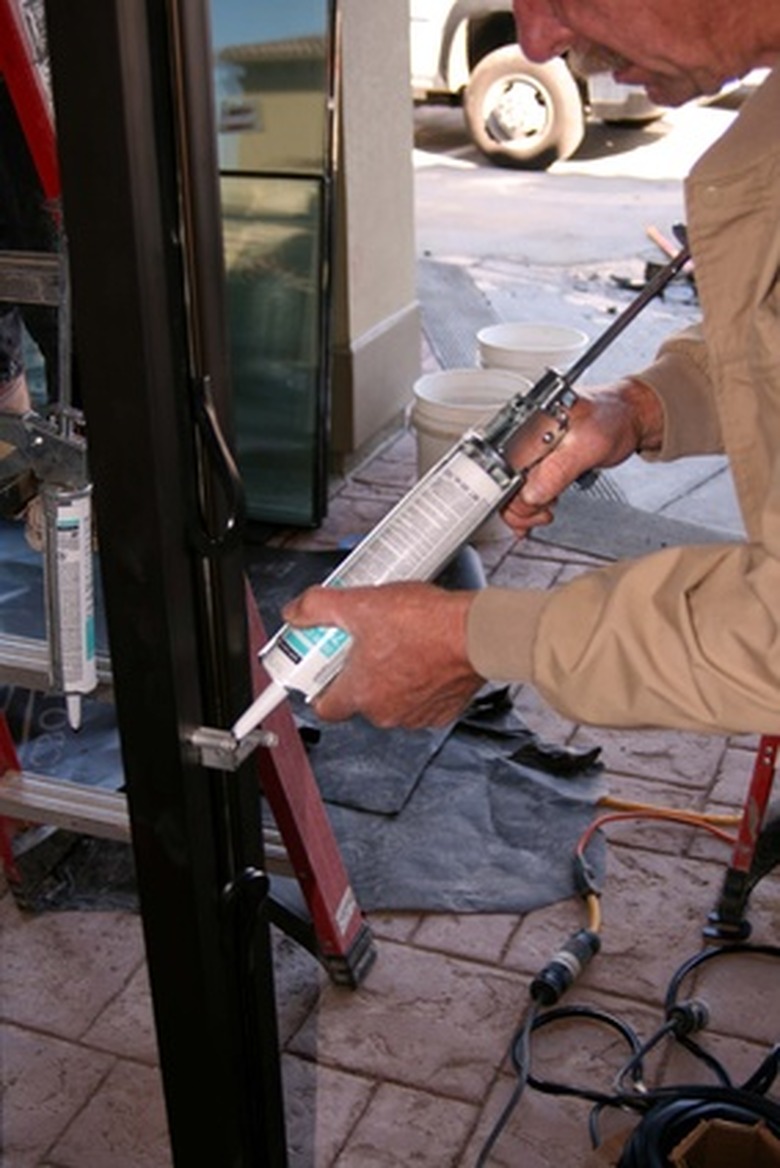Silicone Vs. Latex Caulking
When choosing between a silicone and a latex caulk, the type of material it will be applied to and the location of the application should be considered. Knowing the differences between the two types of caulk will help you choose the right one for your project.
Silicone Properties
Silicone Properties
Silicone caulk adheres well to metal, plastic, glass and ceramic. This type of caulk is harder to install because of its sticky nature — and cleaning up mistakes is not easy. Silicone caulk is flexible and works well in joints that have movement. Painting over this type of caulk can not be done. Silicone caulk lasts about 30 years.
Latex Properties
Latex Properties
Latex caulk adheres well to wood, masonry and drywall. It is easier to work with and clean up is easily done with soap and water. If required, painting over this type of caulk is possible. Latex caulk does not have a long life expectancy.
Application Differences
Application Differences
Silicone caulk is good choice to use around tubs and showers and in kitchens to help prevent potential water damage. Latex caulk is recommended for interior applications. This type of caulk is best to use around cracks, windows, door casings and trim molding.
